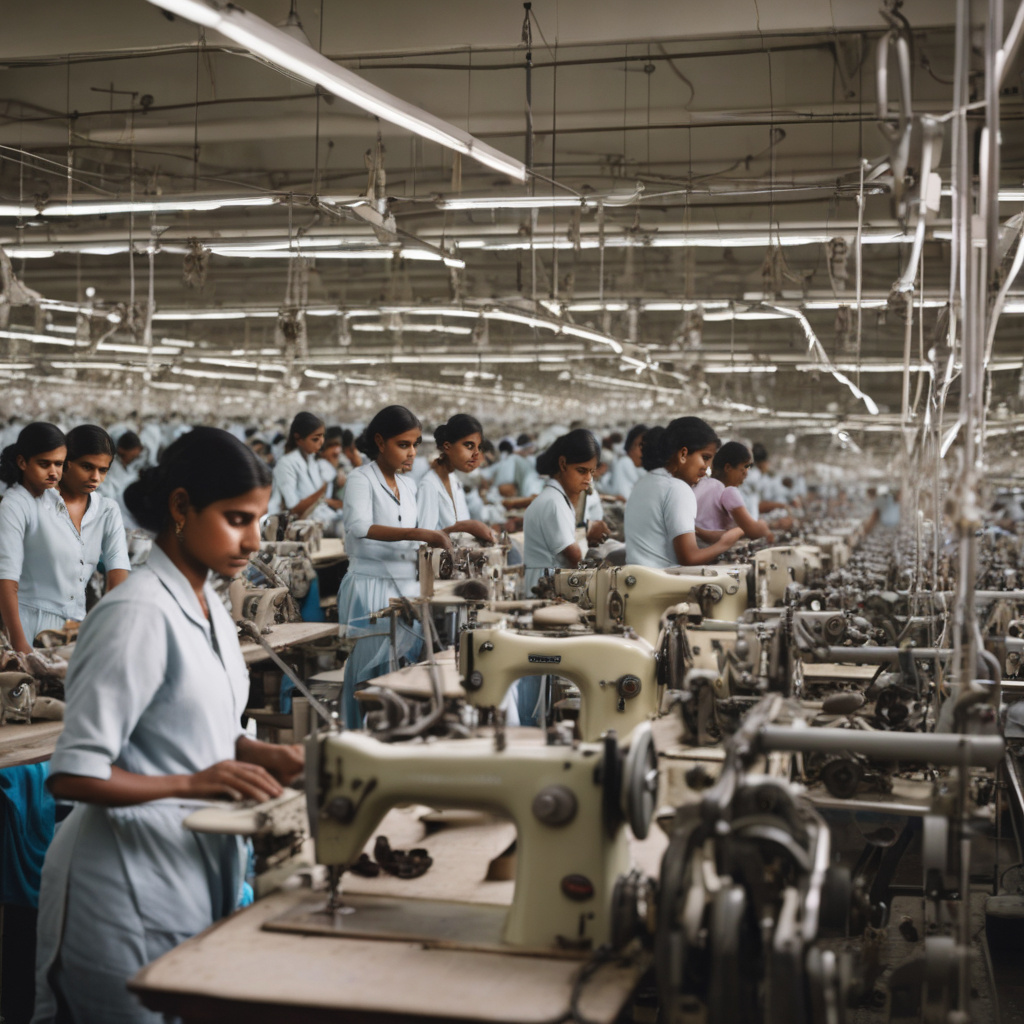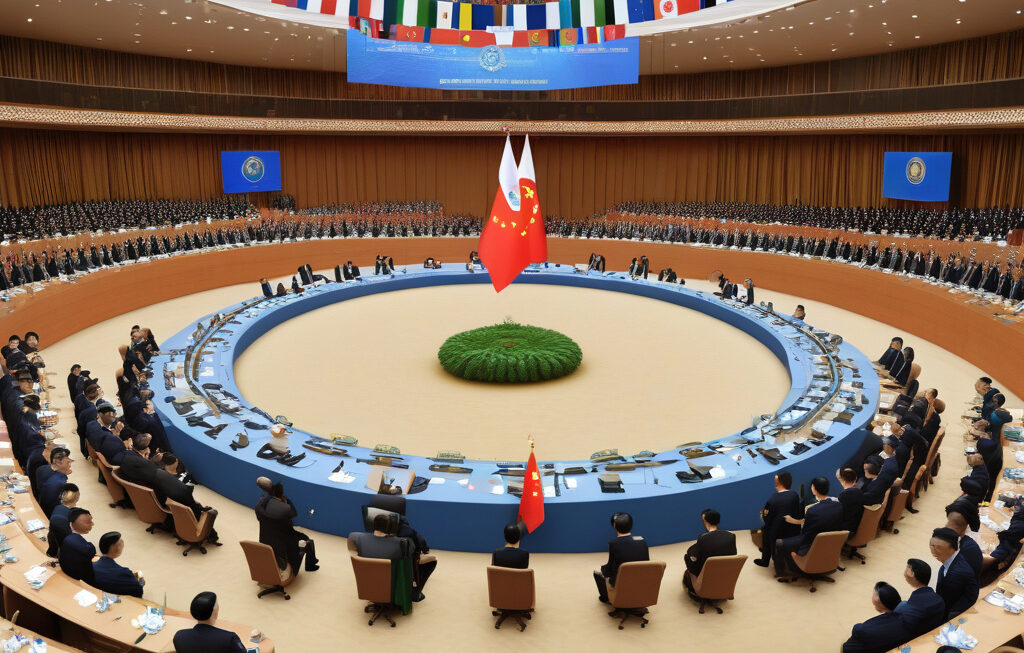Tariff Windfall Tests Limits of India’s Apparel Factories
The global trade landscape is witnessing a significant shift as US retailers are redirecting their orders from traditional manufacturing giants like China and Bangladesh towards new destinations to leverage lower tariffs. Among these emerging hubs, India’s textile epicenter of Tiruppur is experiencing a sudden surge in demand from international brands. However, this windfall of tariffs is not without its challenges, as apparel factories in Tiruppur are struggling to keep up with the pace due to various constraints.
One of the primary obstacles faced by apparel factories in Tiruppur is the deepening skilled labor shortage. Despite being renowned for its expertise in textile manufacturing, the region is grappling with a scarcity of skilled workers. The sudden increase in orders has exacerbated this issue, compelling manufacturers to explore innovative solutions to bridge this gap. Investing in training programs, upskilling initiatives, and automation technologies are some strategies being considered to address the skilled labor shortage.
In addition to the labor crunch, cost pressures pose another hurdle for apparel factories in Tiruppur. While the lower tariffs present a lucrative opportunity for business growth, the rising costs of raw materials, utilities, and transportation are eating into the profit margins of manufacturers. To mitigate this challenge, companies are revisiting their pricing strategies, streamlining their supply chains, and adopting sustainable practices to enhance cost-efficiency.
Moreover, the fragmented manufacturing capacity in Tiruppur is hindering the scalability of apparel factories in the region. The industry comprises numerous small and medium-sized enterprises, each specializing in different aspects of the production process. This fragmentation leads to coordination issues, production delays, and quality control challenges, especially when dealing with large orders from international clients. Collaborative efforts, such as forming clusters or associations, can help in consolidating manufacturing capabilities and improving operational efficiency.
Despite these impediments, the apparel factories in Tiruppur are resilient and determined to capitalize on the current market dynamics. By addressing the skilled labor shortage through training programs and technology adoption, optimizing costs through efficient resource management, and enhancing manufacturing capacity through collaboration, these factories are gearing up to meet the escalating demands of US retailers.
The tariff windfall that is testing the limits of India’s apparel factories in Tiruppur also presents a unique opportunity for the industry to evolve and adapt to the changing global trade landscape. By embracing innovation, fostering skill development, and fostering collaboration, the region can position itself as a competitive player in the international apparel market while ensuring sustainable growth and success.
In conclusion, while the challenges are indeed daunting, they also serve as catalysts for innovation and transformation within India’s apparel manufacturing sector. By overcoming the skilled labor shortage, managing cost pressures, and consolidating manufacturing capacity, Tiruppur can emerge stronger and more resilient in the face of evolving global trade dynamics.
India, Apparel Factories, Tariff Windfall, Textile Hub, US Retailers












